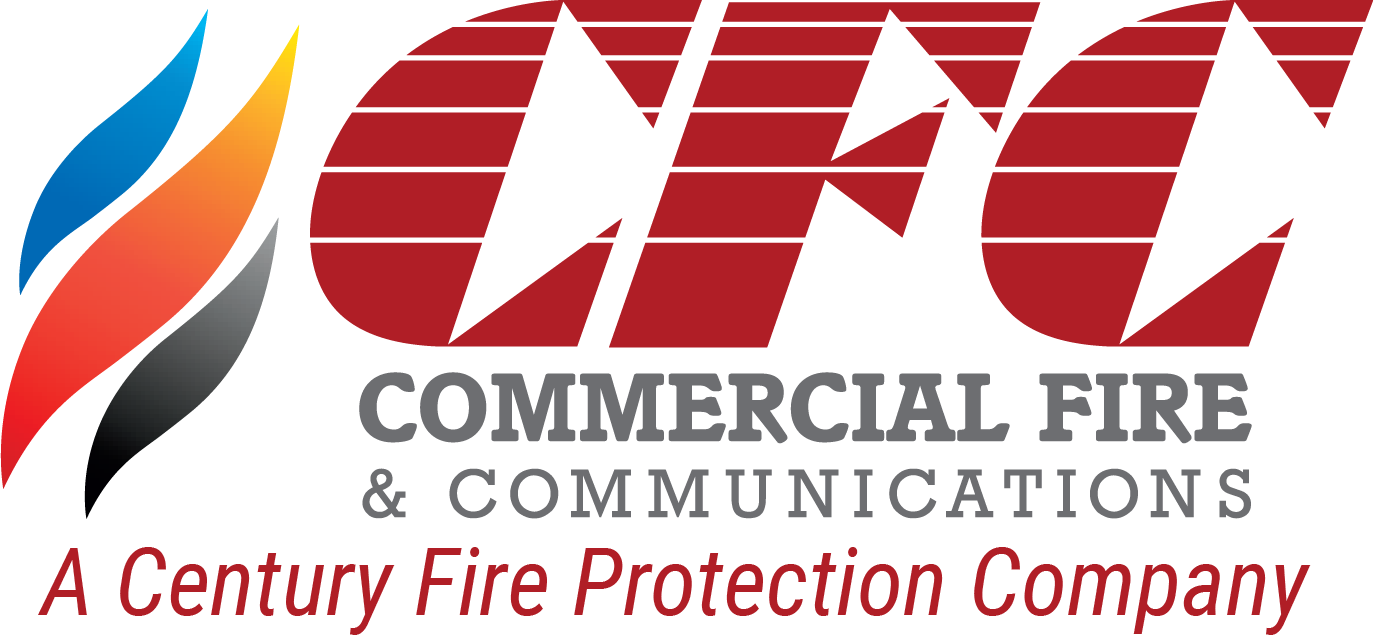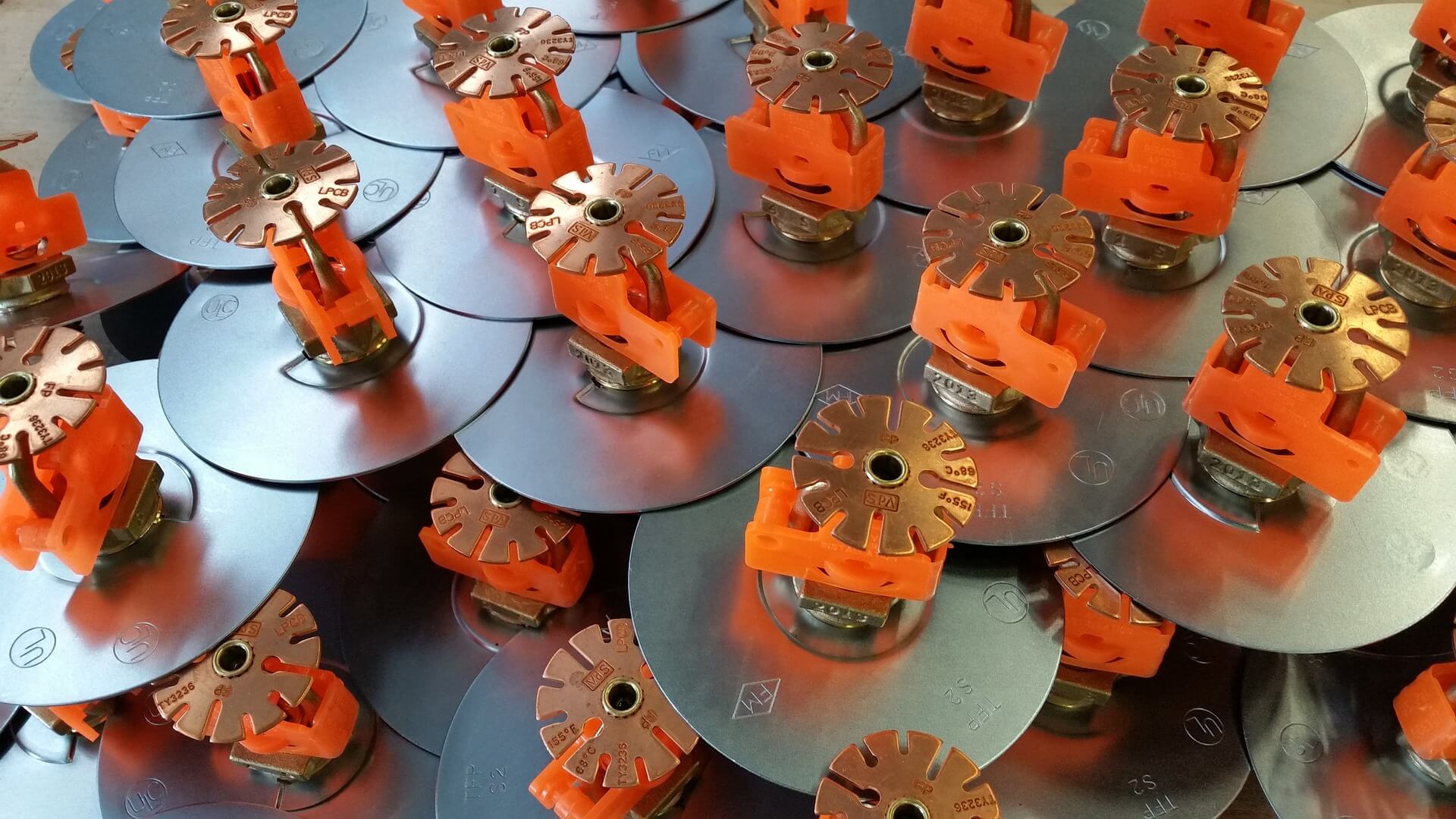Fire protection and alarm systems are subject to a wide variety of regulations and so are fire sprinkler systems. But whether or not a sprinkler system needs monitoring, specifically, is also a matter of international building code. With few exceptions, sprinkler systems do require monitoring.
Why Monitor A Fire Sprinkler System?
Monitoring your sprinkler system is important for a multitude of reasons, the most important of which is to ensure the system continues to be functional. According to the National Fire Protection Association (NFPA) report on the U.S. Experience with Sprinklers, sprinkler systems are 88% effective at controlling fires.
In cases with ineffective sprinkler systems, the most common reason for failure was that the system shut off some time prior to the fire. Whether due to maintenance or testing, the system shutdown was not remedied due to a lack of monitoring.
Monitoring can also catch other issues, like water flow and valve position. Along with system status, these features are all needed to alert the fire department. These are necessary both when there is an issue in the sprinkler system and when a fire triggers the system.
When monitoring, NFPA requires that the primary focus is on valves. Valves are the most common breakdown point in sprinkler systems. Supervisory switches also are required. These signal the control panel if the valves close 20% or more of their distance.
The system status is monitored through water pressure and flow. Detectors and switches determine whether water is properly flowing through the system. If there is a problem, an alarm usually goes off.
In dry pipe systems, air pressure and water temperature are tracked. If there is a failure, the pipes could freeze or ice formation could restrict water flow. If there are tanks in your system, water levels and temperature should also be monitored.
Exceptions to Monitoring A Fire Sprinkler System
Some exceptions to the monitoring requirement include automatic systems in smaller dwellings (one or two families) and limited area systems with less than 20 sprinklers. Other exceptions include limited area systems classified as light hazard or ordinary hazard group one. Pressure maintenance pumps (aka jockey pumps) are exempt, as are trim valves to pressure switches in pre-action, deluge, or dry pipe sprinkler systems.
While many customers are looking to install a new sprinkler monitoring system for the first time, CFC has a much broader scope of services. The company can also handle system upgrades or replacements. Call the team at CFC today and make sure your building has the right emergency detection and response system.

